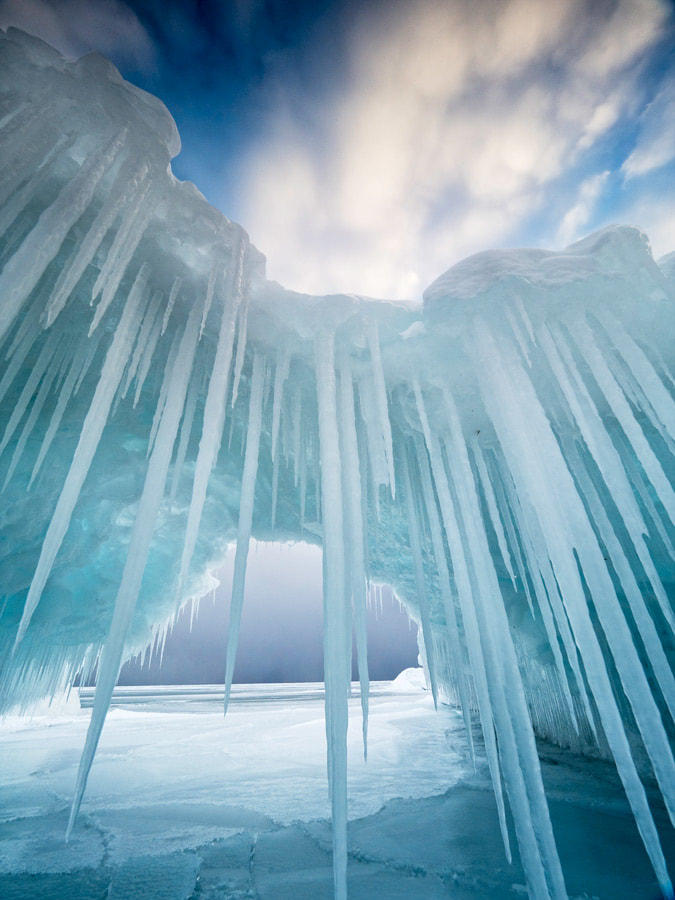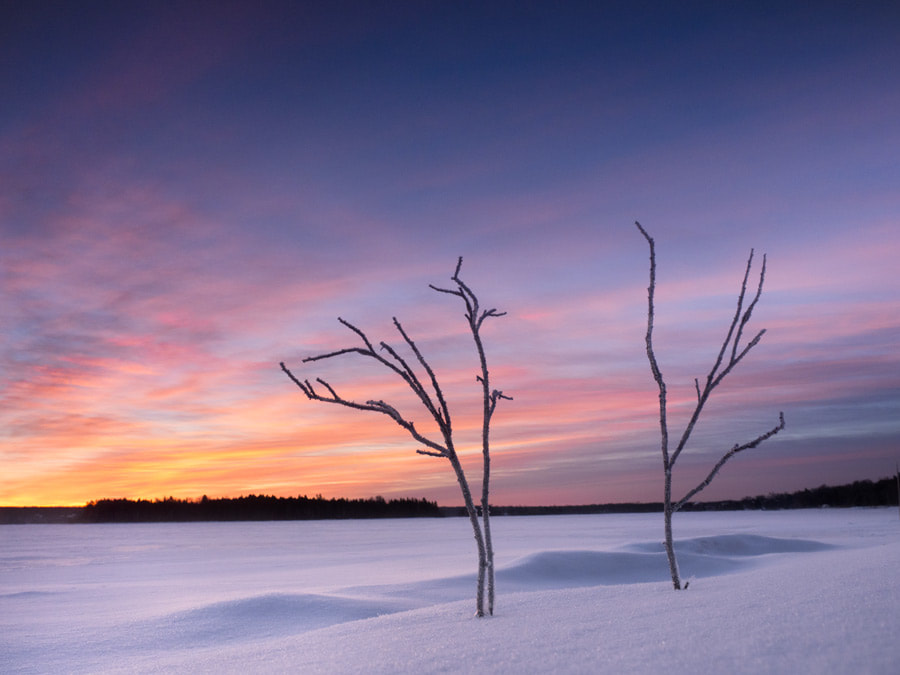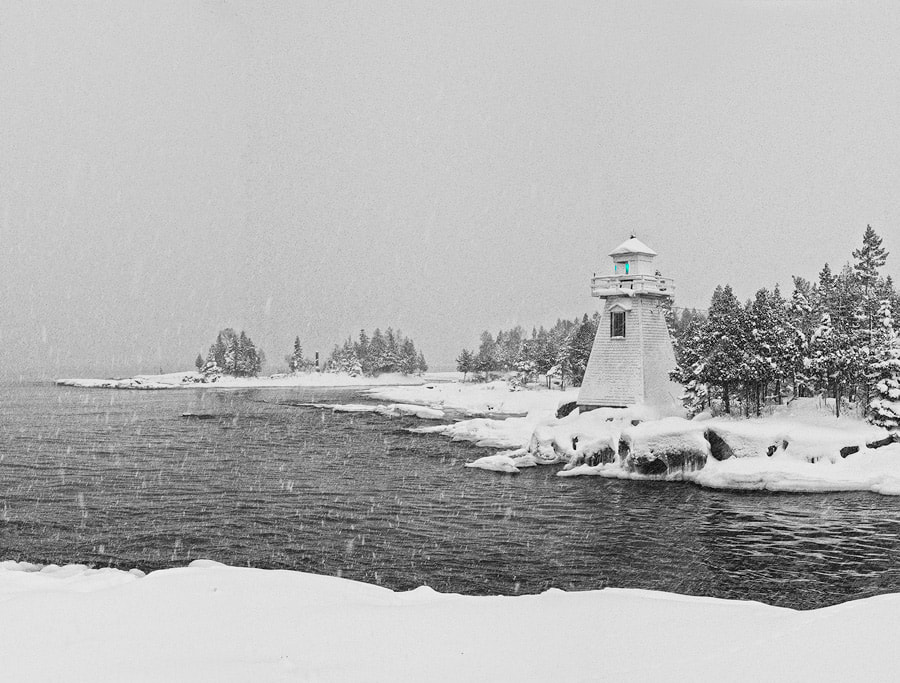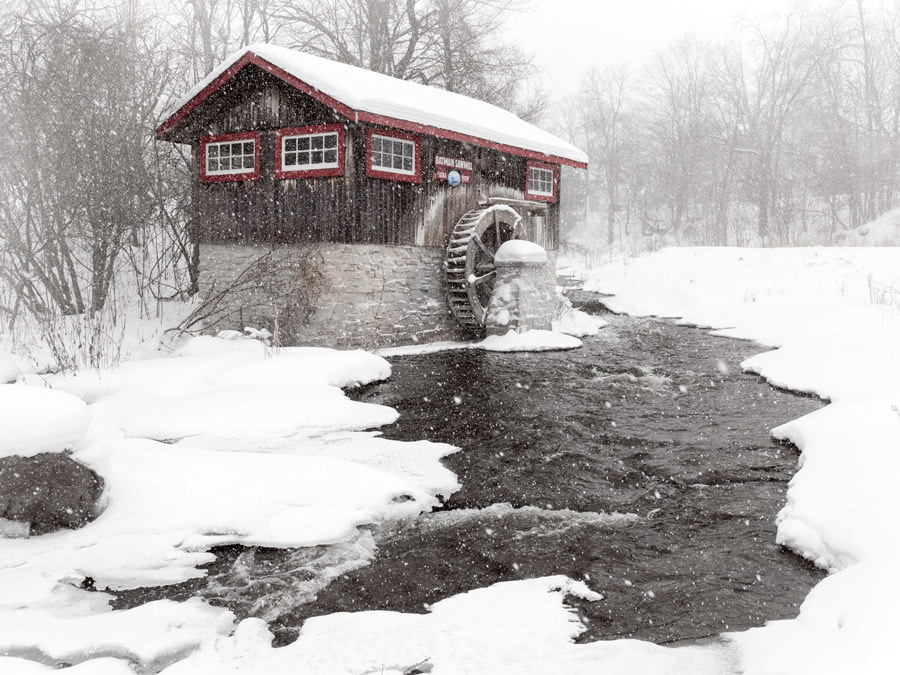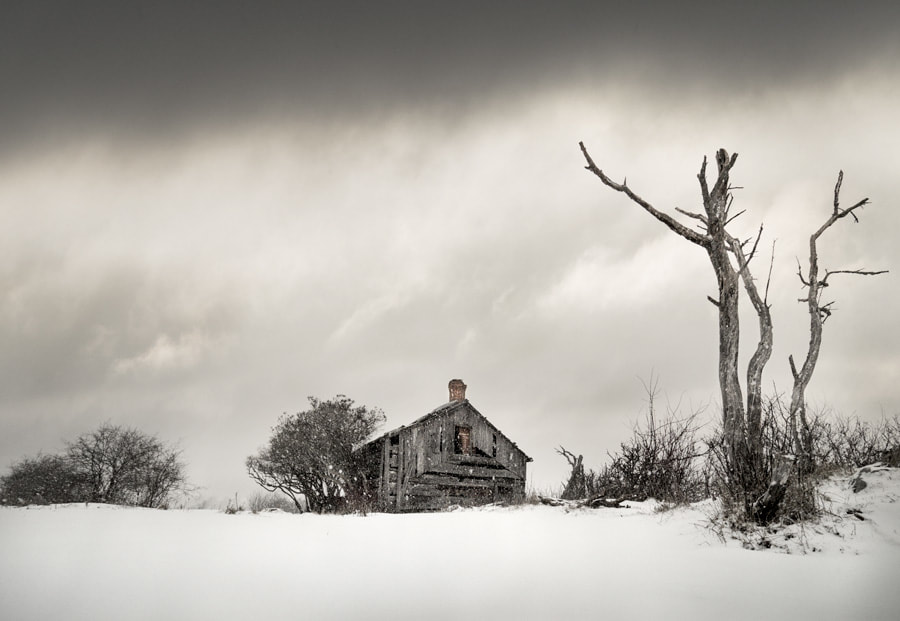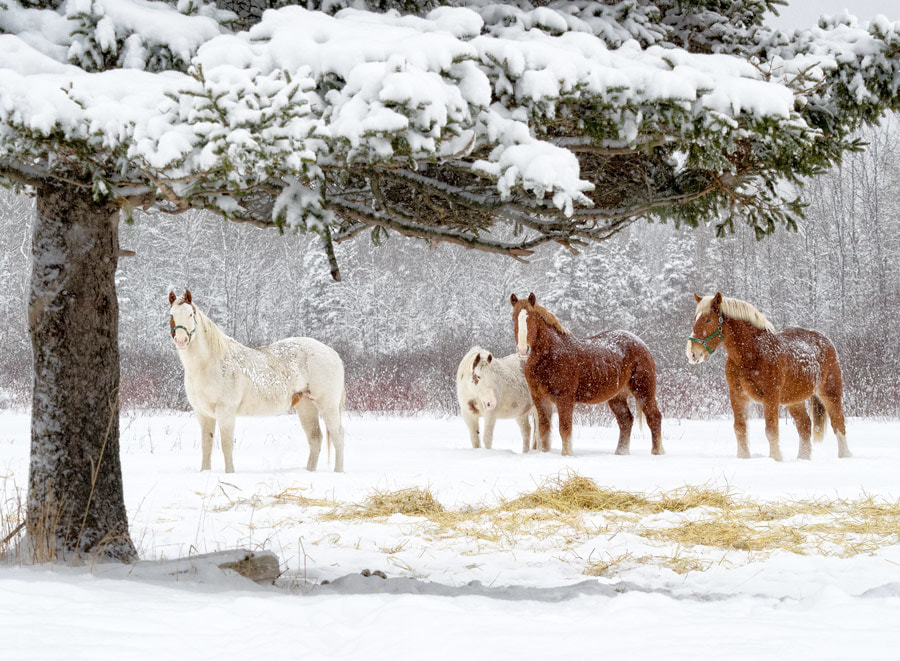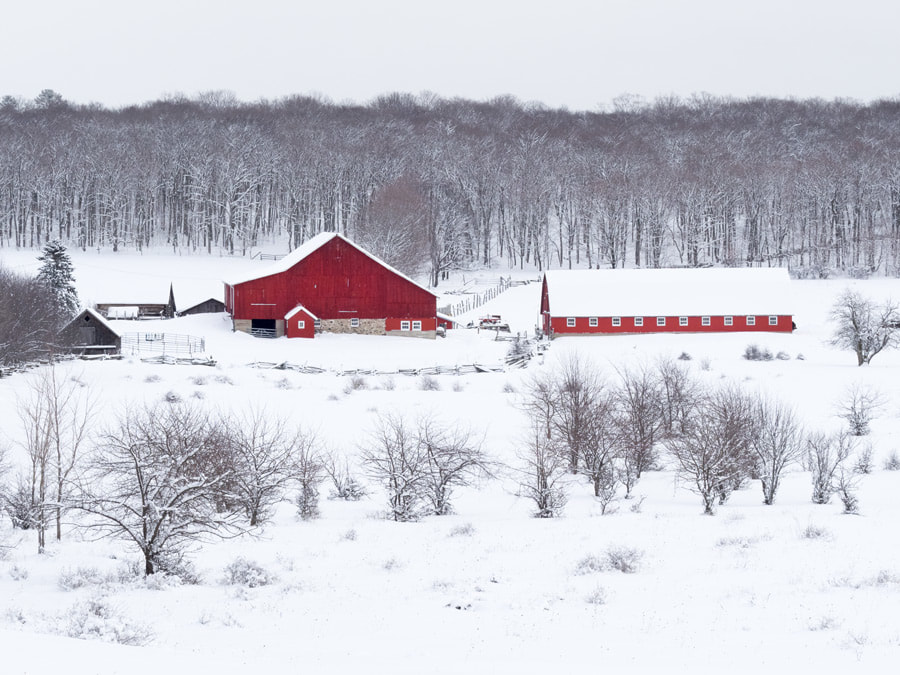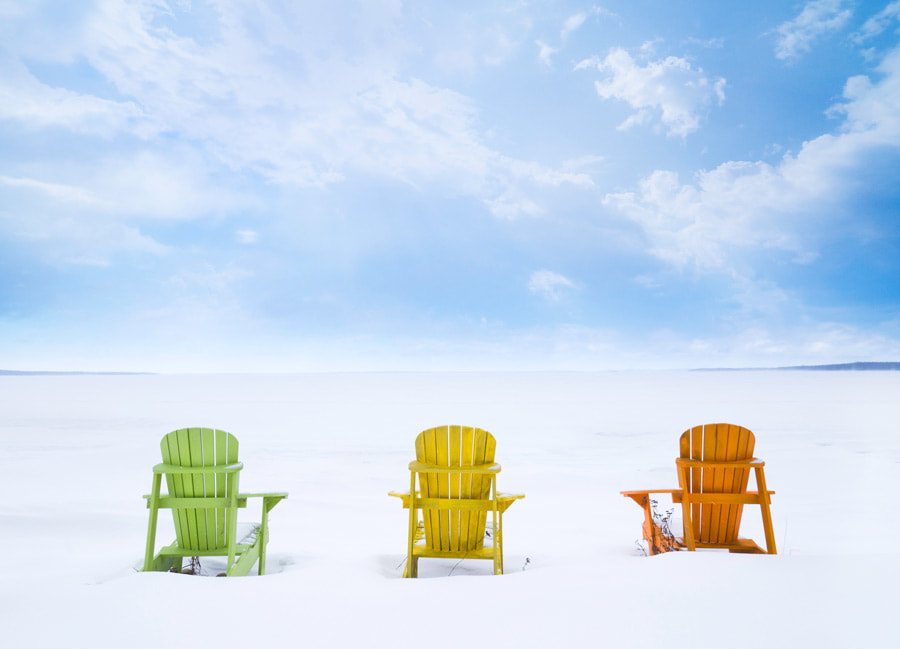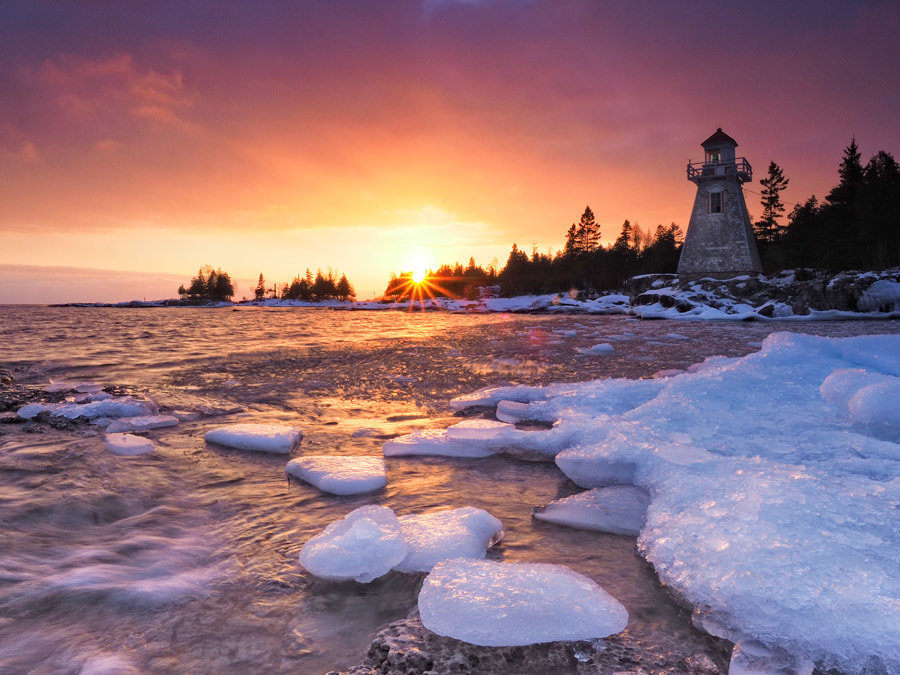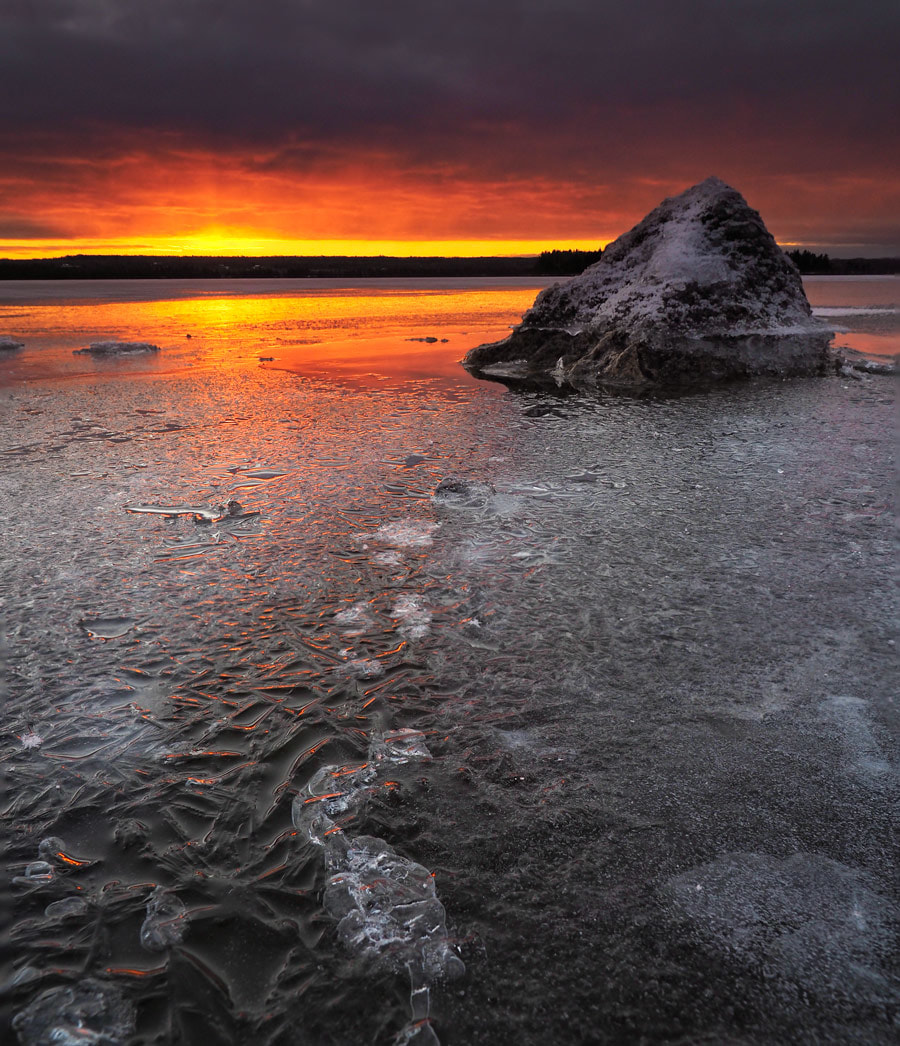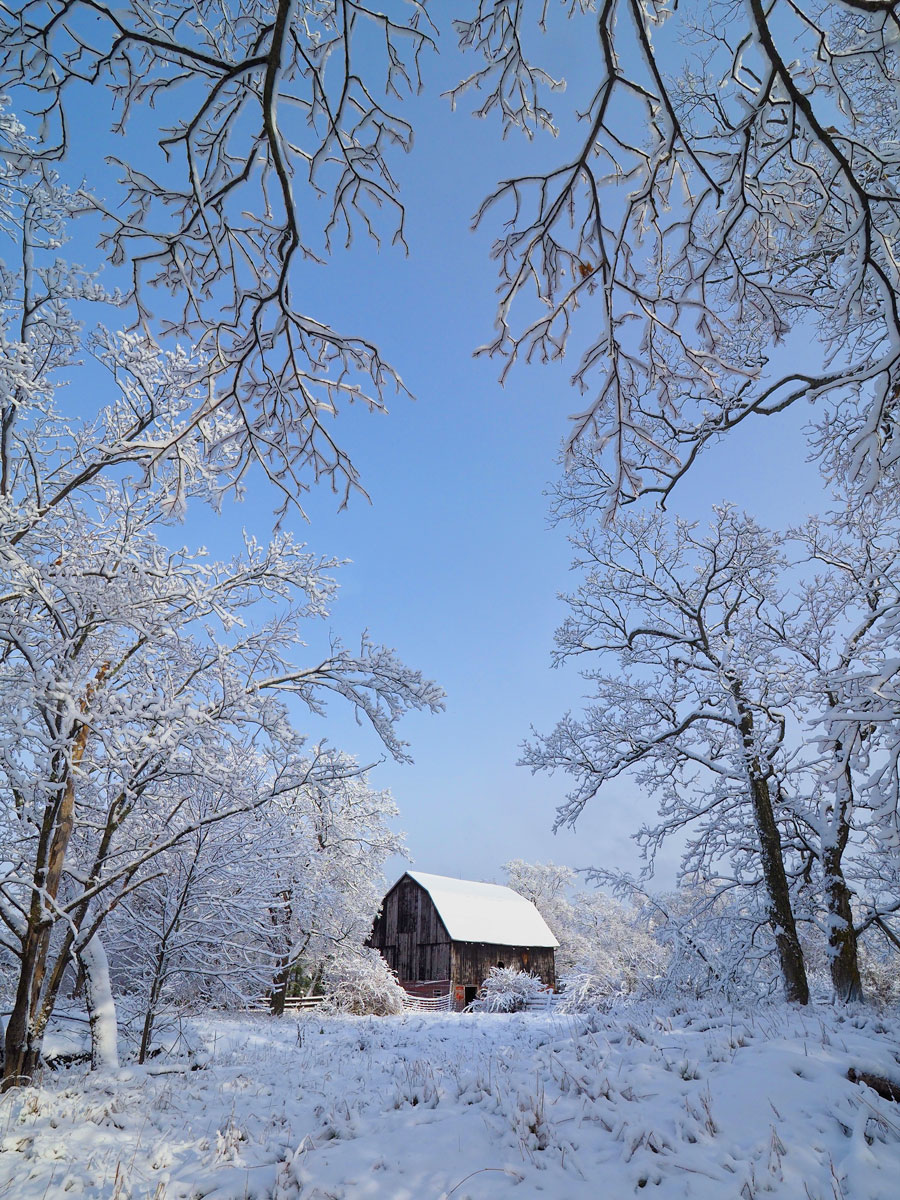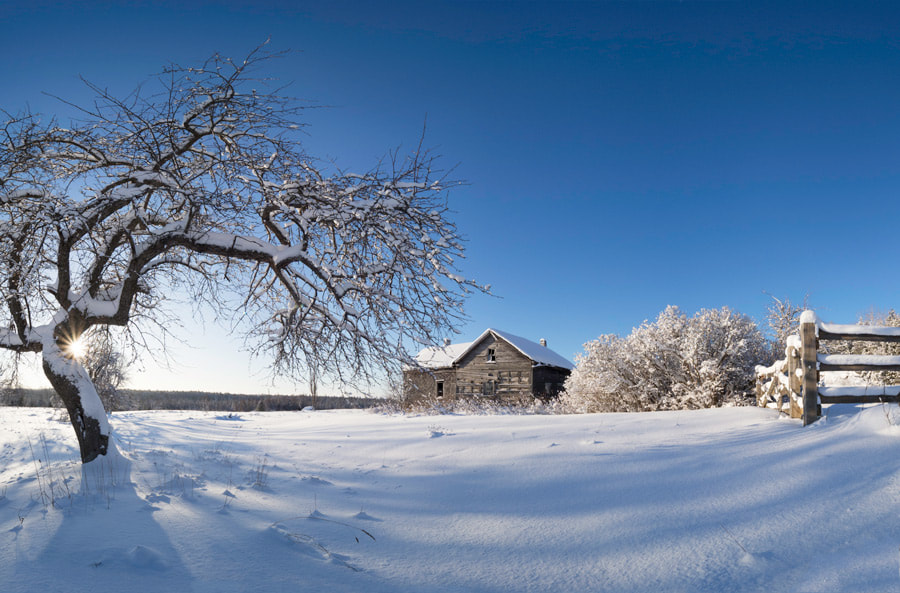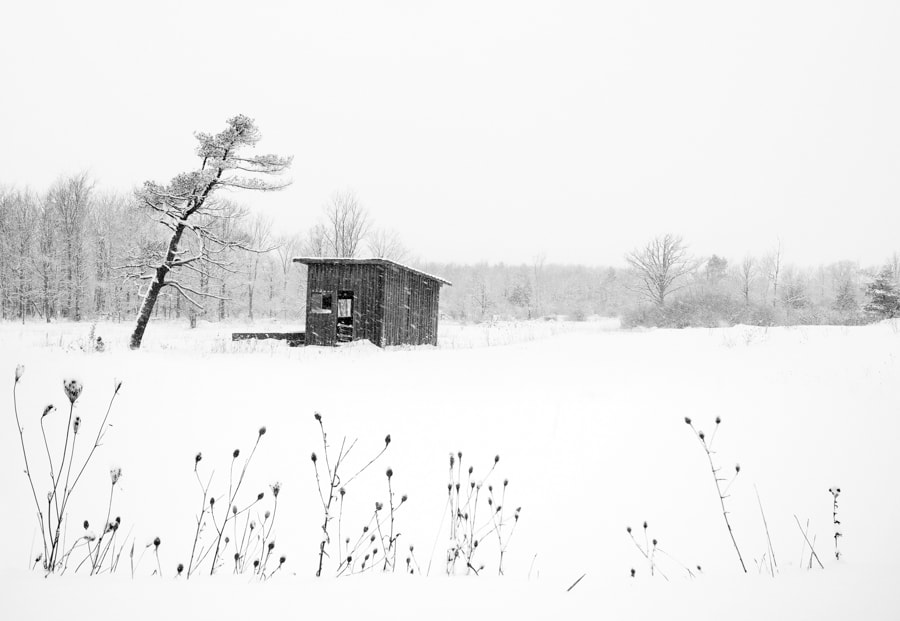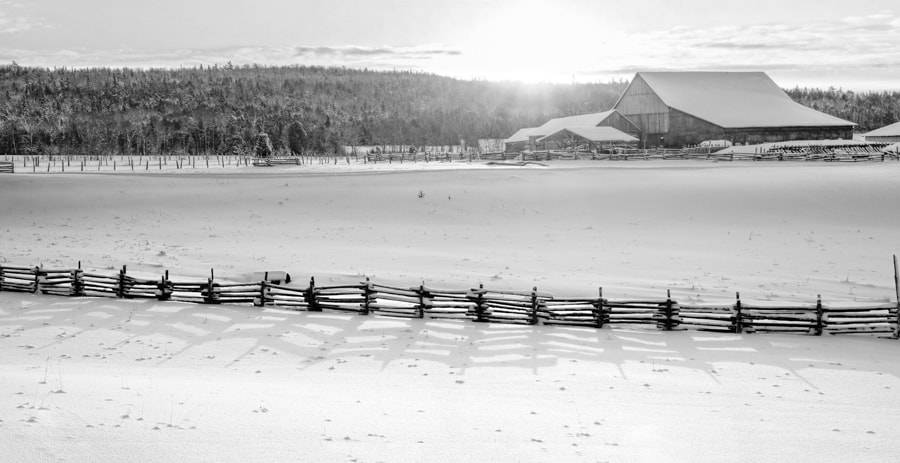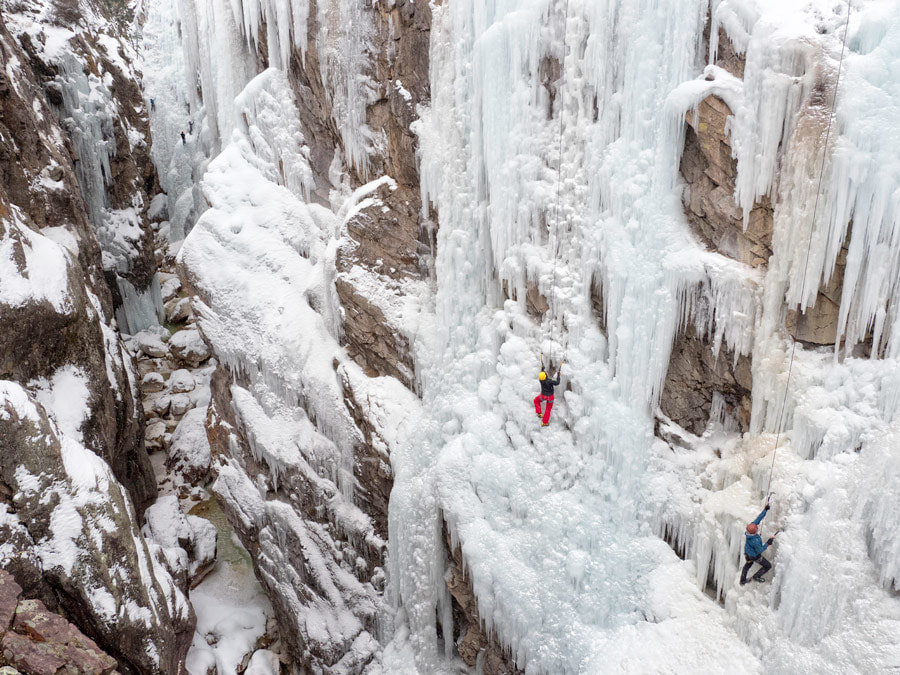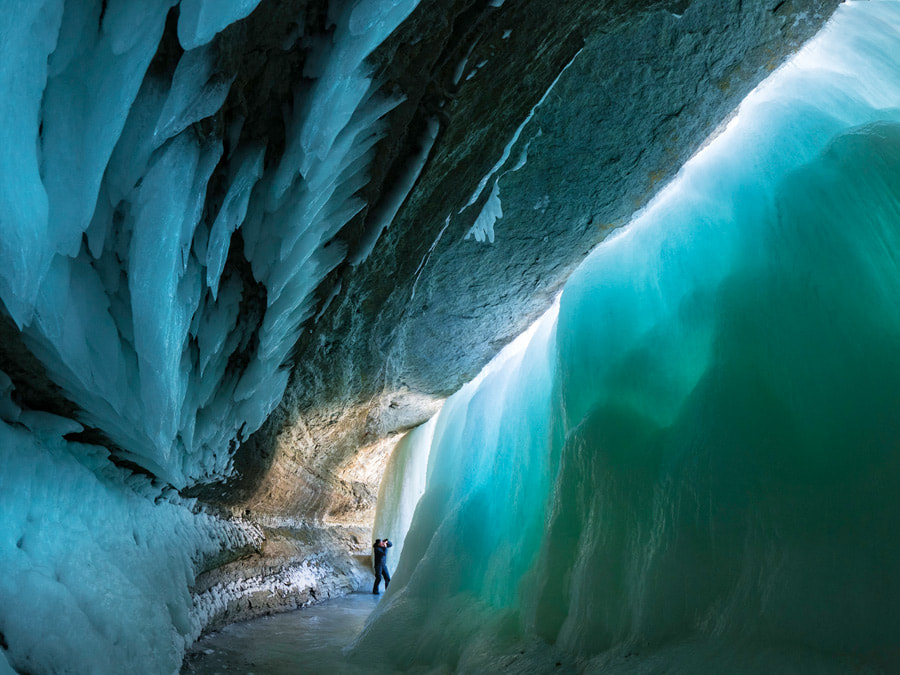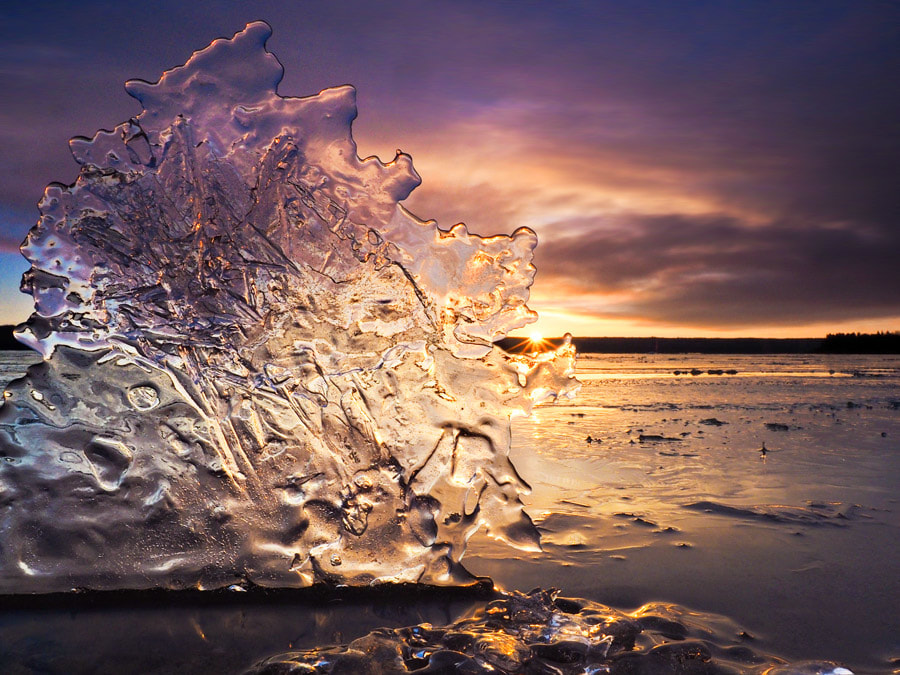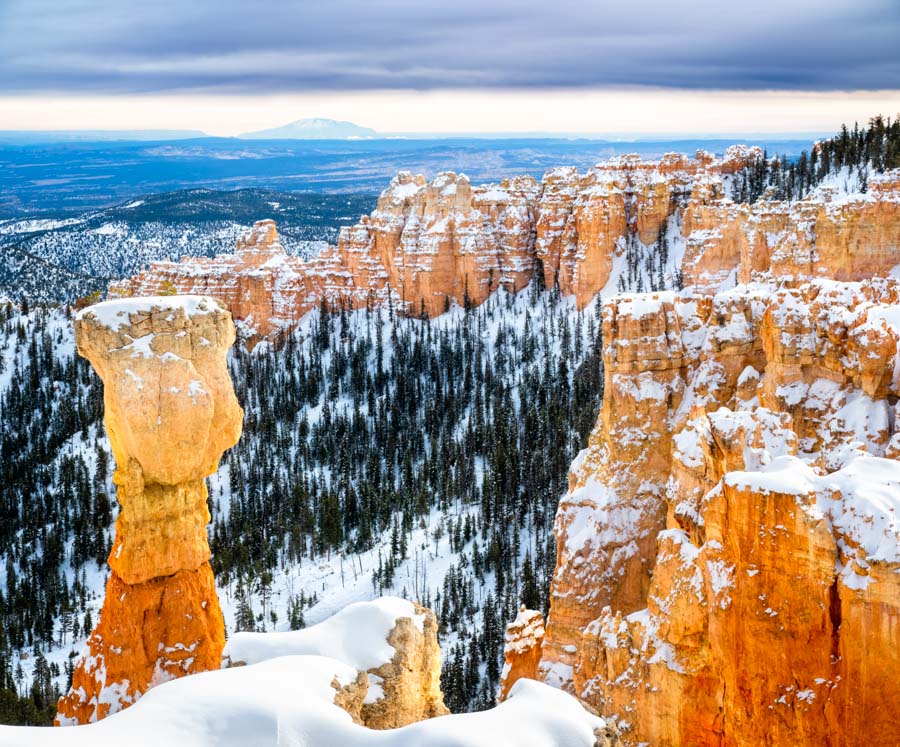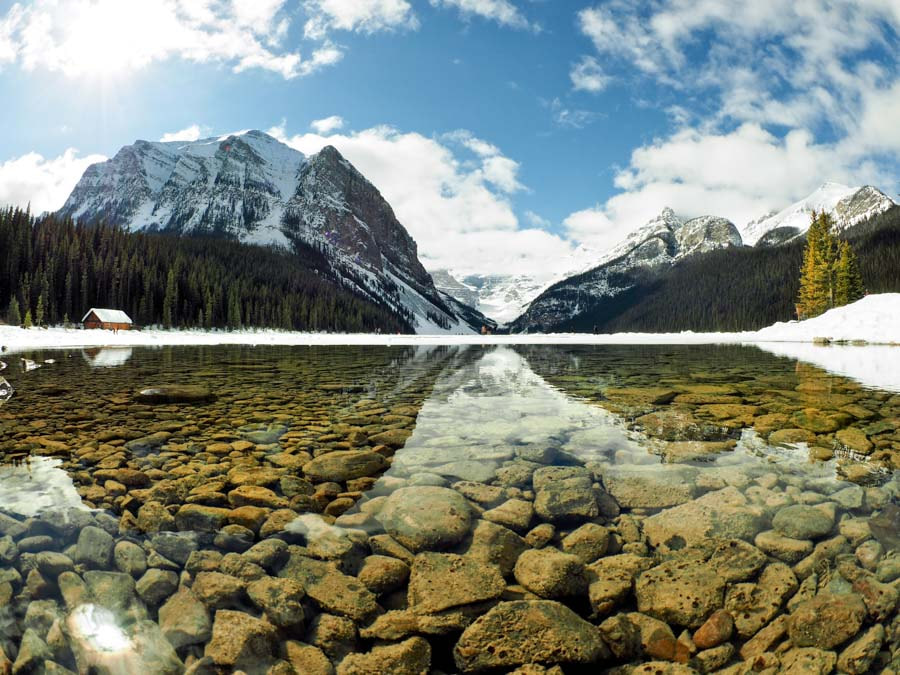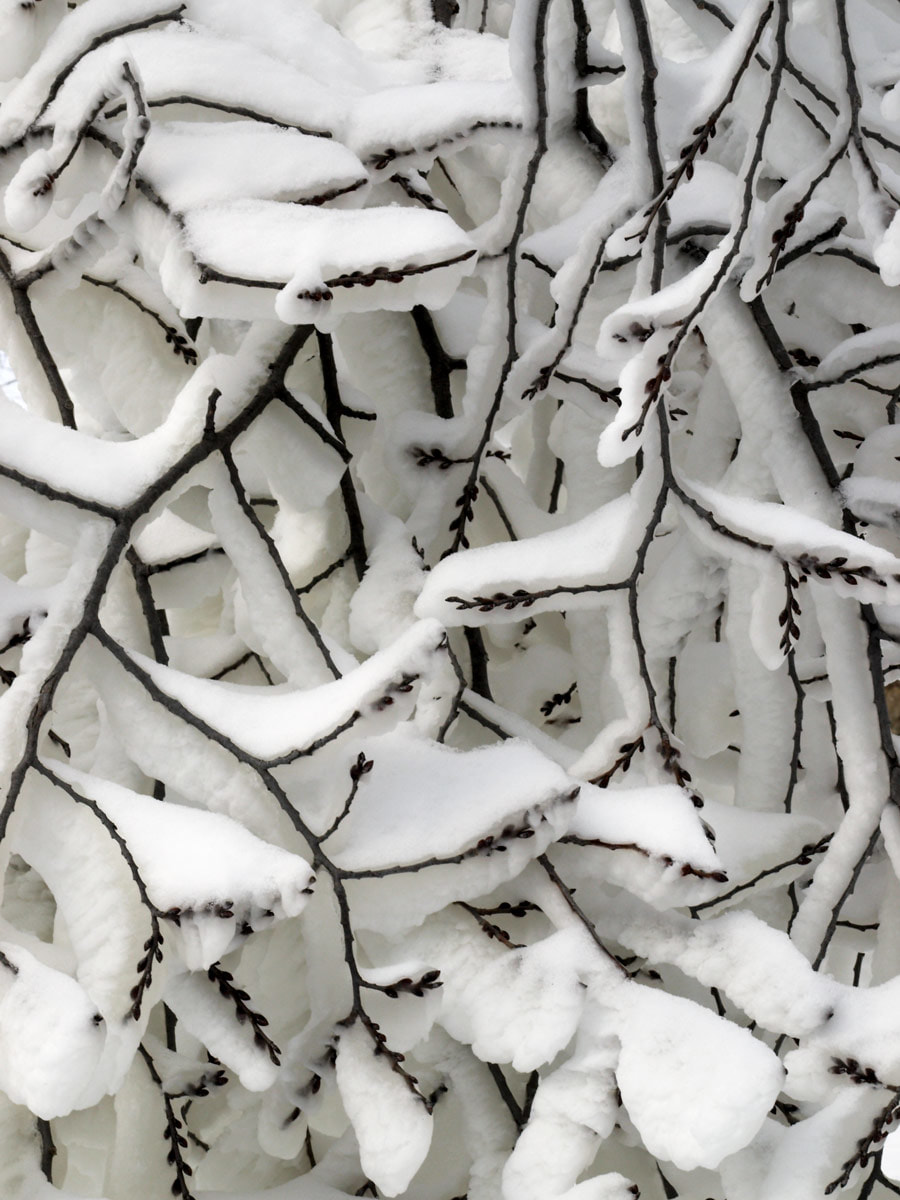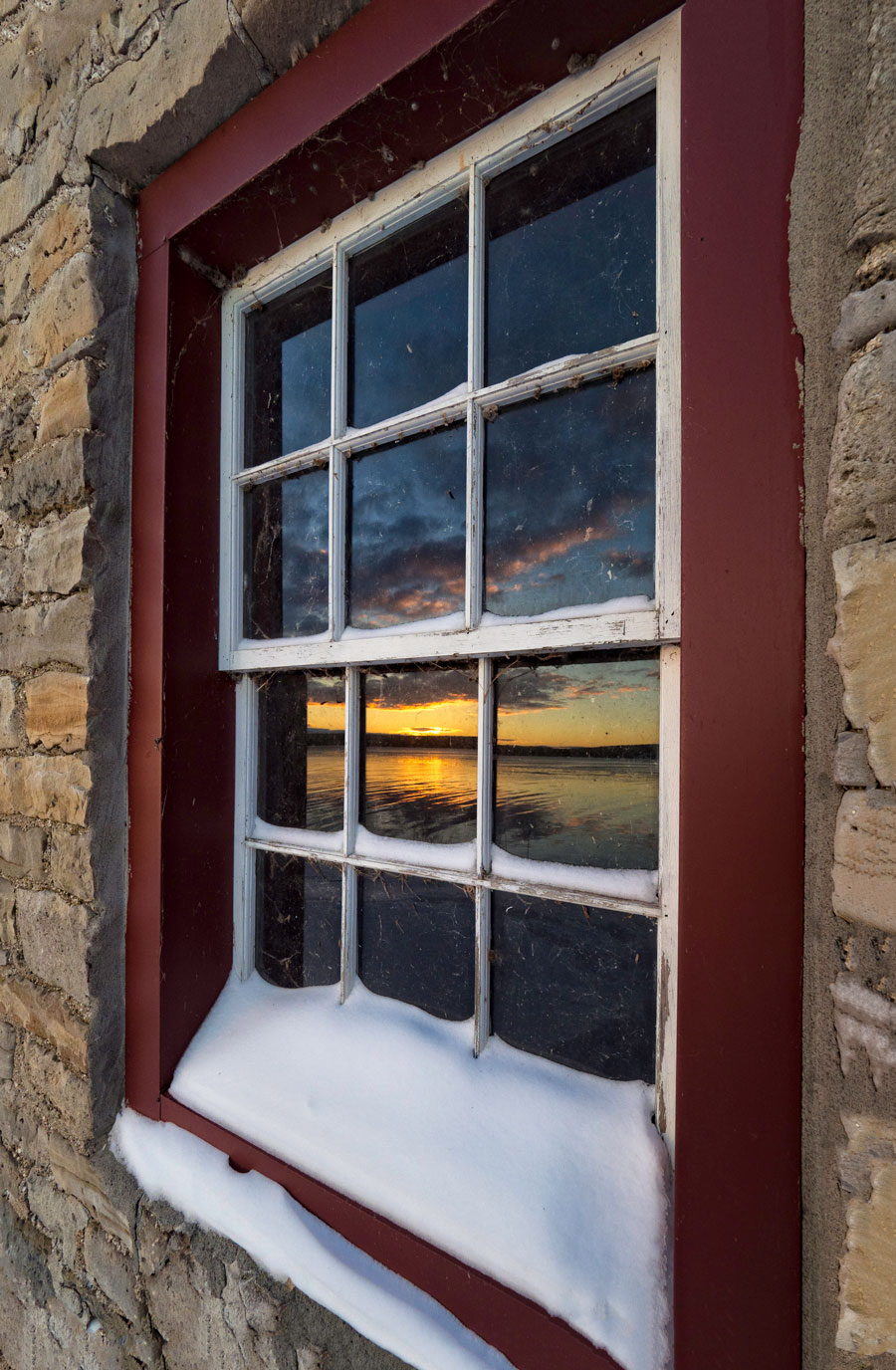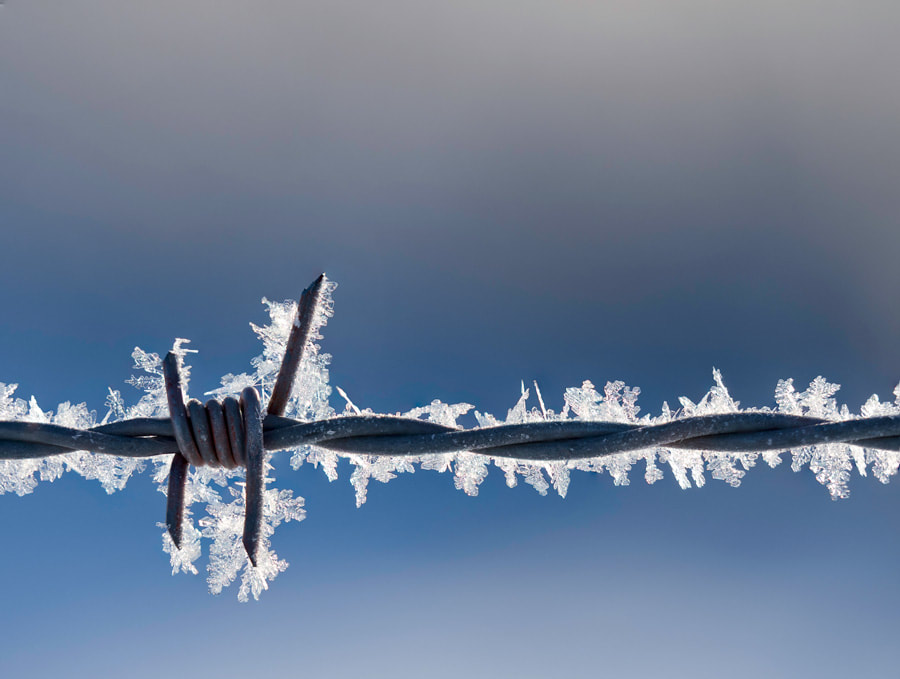|
I have a love-hate relationship with winter. I won't get into why I hate winter (too cold, short days, high heating bills, driving sucks... okay, so I got into it a bit). For photography however, I love winter. Once the autumn leaves hit the ground and everything looks dull and grey, I find myself dreaming of winter. There's nothing like a fresh blanket of snow to brighten up a landscape scene. And that same landscape can look quite different from day to day considering how variable the weather and lighting can be during the winter. Is winter photography really any different from that of other seasons? Yes, and no. The basics of landscape photograph apply regardless of the season, but my approach and preparedness can be different in the winter. Here are some tips that might help you improve your winter compositions; 1. Focus in on Winter's Unique Features Winter definitely has elements that no other season has - mainly, ice and snow. Incorporate them as key subjects in your compositions. Sometimes those ice formations may not look all that impressive from the height of a 6'2" photographer like myself. That's when I get in close, shoot low and use an ultra-wide angle lens, making them look larger and more dramatic than they really are. By getting in close you can also take advantage of how nicely some ice features can transmit the light. 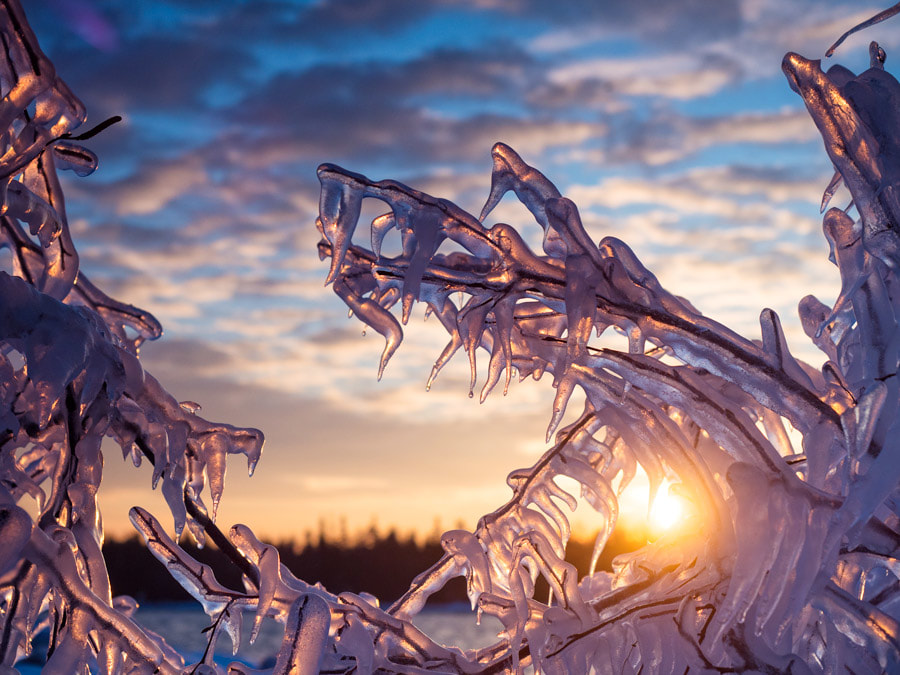 Only a few, lower branches on this tree were covered with icicles so I opted to focus on a small section rather than the whole tree. This shot was also focus bracketed in order to maintain clarity in the icicles and softness in the background.(Olympus E-M1 Mark II, M.12-40mm f/2.8, ISO200, 1/800s @ f/4.5)
3. Look for Colour Contrasts As much as I like that white blanket covering the landscape, it is rather monotonous. Spice it up by looking for any splash of colour. I always shoot RAW, but when colour is important I will also shoot jpeg using the Vivid colour mode. This can be particularly useful when shooting on an overcast day. 4. Shoot at the Bookends of the Day Speaking of colour, winter sunrises and sunsets can be fantastic and you don't have to get up as early or stay out as late to capture them. Get lots of depth in your photos by including some foreground interest. A good graduated neutral density filter can also help balance your exposure and keep that ice and from looking too dull. 5. Control the Blues Now, I'm not talking about your mood here. Although I have to admit that photography helps keep my winter blues in check. I'm talking about a bright blue sky. Typically I avoid shooting during the midday, but with limited daylight hours and a sun that never climbs too high in the sky I find I get great results long after golden hour. However, a plain blue sky can be just plain boring so add some interest to that sky by using some type of natural frame. Snow-covered branches can be the perfect fix for the blues. 6. Think in Black and White Let’s face it, winter is not the most colourful season and although opportunities exist to highlight a bit of that colour, we are often faced with a far more limited palette. That’s when I shoot in black and white. if I think a scene would benefit from a black and white treatment, I will go into the Super Control Panel, select the monochrome option, and adjust some of the settings (sharpness, contrast, filter) until I get the look I want. Then I will often switch to shooting in RAW + JPG for those scenes. Of course, sometimes the idea to create a monochromatic presentation doesn't come until later when I'm sitting at my computer doing my post-processing. Either way, winter is great for black and white photography. 7. Photograph People There are many landscape photographers that don't like to include people in their images. After all, we try to get away from people and enjoy the natural beauty that exists. That said, there are several reasons why I will include people in my photos;
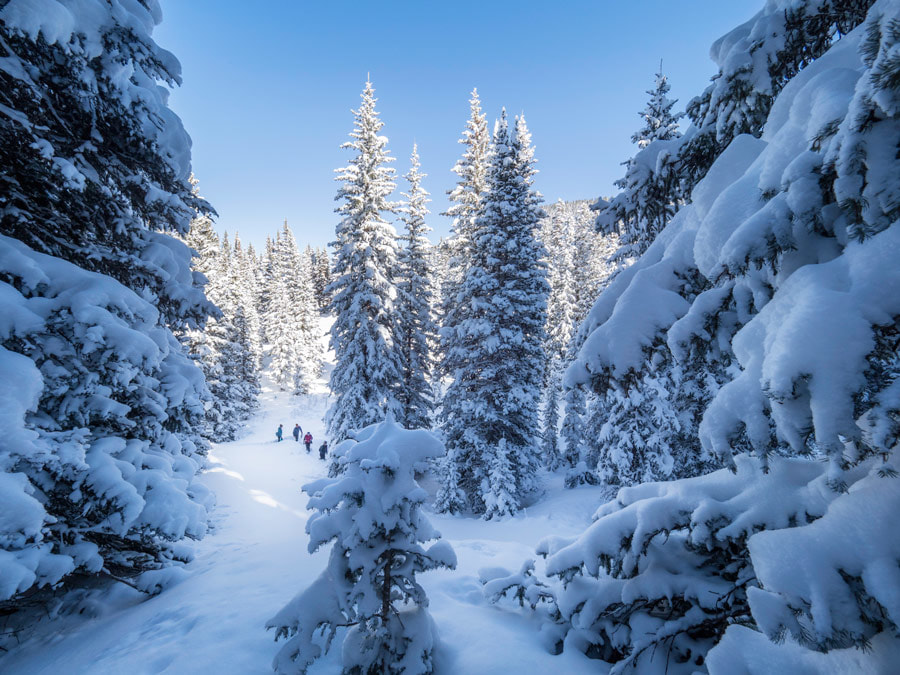 While snowshoeing through the San Juan mountains of Colorado we came across this opening in the trees that provided a nice vantage point. By sending my fellow snowshoers on ahead I was able to include them in the photo thereby providing a key point of interest and a sense of scale for the scene. (Olympus E-M1 Mark II, M.7-14mm f/2.8, ISO200, 1/320s @ f/9) 8. Make you own Point of Interest In each of the photos in this article I have tried to include at least one key element that your eye will be drawn to. Sometimes you get to a location and there really isn't anything that jumps out at you and screams, "Photograph me!". In those situations I know I have to work the scene. That might mean manipulating the environment a bit in order to create a point of interest that will draw the viewer into the image. 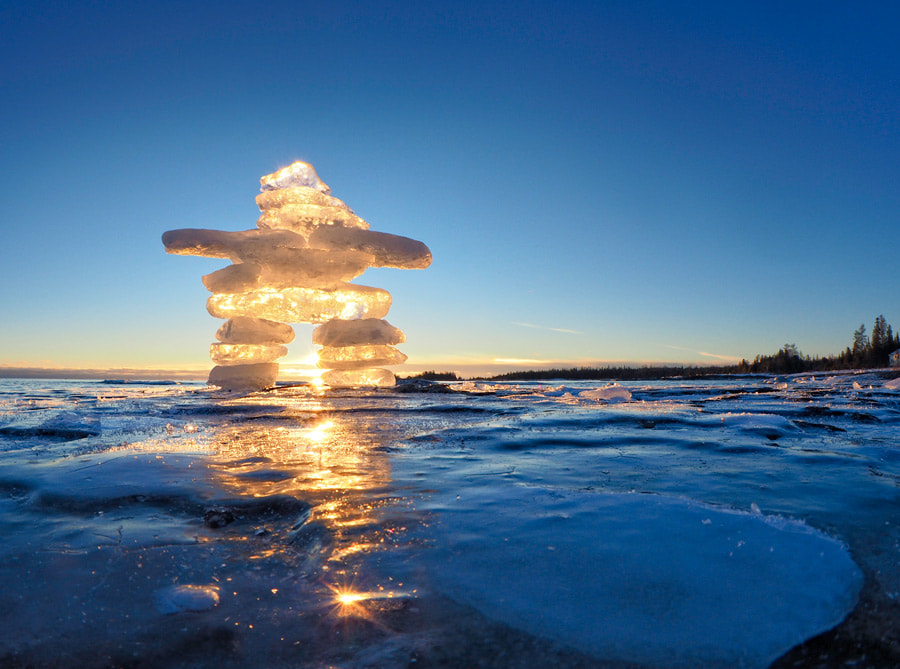 My distaste for a plain blue sky came through in this image. I anticipated some nice clouds for the sunset, but as the sun neared the horizon they had drifted off. Not willing to leave empty handed I picked up some chunks of ice and built this Inukshuk. (Olympus E-M10 Mark II, M.8mm f/1.8, ISO400, 1/160s @ f/14) 9. Visit a National Park National parks are amazing locations during any season. Some of my most memorable, and photographically fruitful trips have been made during the winter months. A fresh blanket of snow can add to that already stunning scenery. And the added benefit is that there will be far fewer people to contend with. 10. Focus in on the Details This strategy works regardless of the season. Rather than just looking at the big picture spend some time focusing in on the minutiae of the scene. Frost and ice can really make a plain subject pop. Areas with open water, or nights with higher humidity can create some great hoar frost when the thermometer dips below freezing. Final Words
Within this article my entire focus has been on providing compositional strategies without looking at some of the more technical aspects of winter photography, i.e. camera settings and the like. For that information check out my previous post on Winter Photo Tips. Of course many of these ideas about composition can apply to any season. Perhaps the hardest part is to find the motivation to go exploring during the winter. Based on experience, the opportunities abound. We just have to go find them.
8 Comments
12/23/2018 08:50:01 pm
The place where I am right now has a tropical weather right now, and I feel really enticed going to places that are currently on a winter salons right now! I don't understand why some people hate winter season and snow. When in fact, there's a beauty in it. Sometimes we just need to change our perspective to look at the beauty in it and be grateful. These people have to be thankful because they get the chance to experience it because there are some countries who do not!
Reply
Papa Jorgio
1/4/2019 09:59:33 pm
Hi Peter. Great shots. They're inspiring me to get out more this winter. But I need advice. How do you stay warm?! Gloves, boots, underwear, etc. Do you use those 'Little Hotties' hand or feet warmer inserts? You can get them at Costco, I believe. Any recommendations or advice?
Reply
Peter
1/4/2019 10:49:41 pm
Hey Papa Jorgio. Staying warm is critical. If you're not comfortable you won't go out or stay out long enough to get the good shot. I wear a fleece base layer (long underwear), waterproof ski pants, a down jacket, warm toque, and nice warm gloves. I invested in a good pair. The hand warmers can be useful. Don't use "photographer's" gloves with the pull back thumb and forefinger. They are not designed for the kind of cold we get in Canada. A good pair of cold-rated boots are also important. If I think I'm going out on icy surfaces I wear Yak Tracks on my boots to improve my grip.
Reply
Bernice Pleta
1/12/2019 08:25:31 am
Hi Peter, It was so interesting reading this, about your creative process, your expert eye seeking out the perfect photo to allow us to experience the beauty. I remember first year college forty years ago taking a photography course..but it was painful to understand with the f stops and apertures and I didn't understand anything it sounded so complicated. But I have a feeling that you as a teacher , probably make things much more understandable...as I sit here looking at my old Cannon AE-1 wistfully...;)
Reply
Peter Baumgarten
1/12/2019 12:35:24 pm
Thanks for the comment, Bernice. It's never too late to learn (or re-learn) the art of photography. Cheers!
Reply
Andrew G
1/12/2019 05:23:24 pm
Thanks for this article Peter. It's inspiring to get these insights into your approach. Where I live we don't get snow but we do get amazing frosts
Reply
Ethan Beckler
1/30/2019 04:21:37 pm
I was wondering if the last focus-stacked image was done handheld or with a tripod? I am assuming tripod but didn't want to assume to long without asking. I use the Olympus systems for snowflake and hoar frost photography and it's second to none when it comes to macro!
Reply
Szara Loring
2/12/2019 03:38:48 pm
I'm interested in learning more about applying focus bracket to landscape images. Would you be willing to share the bracket settings used in these images? I'm learning focus brackets for floral macros with my OMD EM1.2.
Reply
Leave a Reply. |
AuthorPeter Baumgarten is a professional photographer and educator. He is also an Olympus Visionary and NiSi Official Photographer. Categories
All
|

